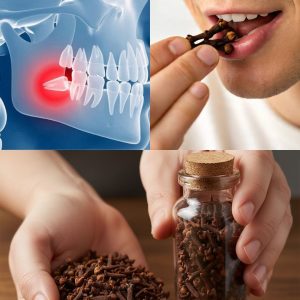
Most people don’t think twice when buying rice—it’s a staple food. But reports have shown that not all rice on the market is real. Some of it is fake and even made with plastic, posing a serious health risk.
China, the world’s largest rice producer and consumer, grows over 200 million tons of rice each year. However, investigations have uncovered rice on the market—particularly in Shaanxi Province—that contains a dangerous mix of potatoes, sweet potatoes, and plastic.
Consuming this fake rice doesn’t cause immediate symptoms, but it can lead to chronic toxicity. Over time, the risks include:
- Circulatory problems
- Liver damage
- Hormonal imbalances
- Behavioral changes
- Slower metabolism
How to Identify Fake Rice at Home

Fortunately, you can perform a few simple tests to check whether your rice is real and safe to eat.
1. Fire Test
Burn a few grains of rice with a lighter or match.
- Real rice: does not ignite.
- Fake rice: burns or melts, releasing a plastic smell.
2. Water Test
Drop a tablespoon of rice into a glass of water.
- Real rice: sinks to the bottom.
- Fake rice: floats on the surface.
3. Mold Test

Cook a small portion of rice, place it in a plastic container, and leave it in the sun for a week.
- Real rice: develops mold due to natural starches.
- Fake rice: remains unchanged.
4. Mortar and Pestle Test
Crush a few grains of raw rice with a mortar and pestle.
- Real rice: becomes a fine white powder.
- Fake rice: turns yellowish and waxy.
Final Word
Rice is meant to nourish—not harm—you. If you suspect your rice might be fake, perform these quick tests before cooking. Staying aware could protect you and your family from long-term health risks.




